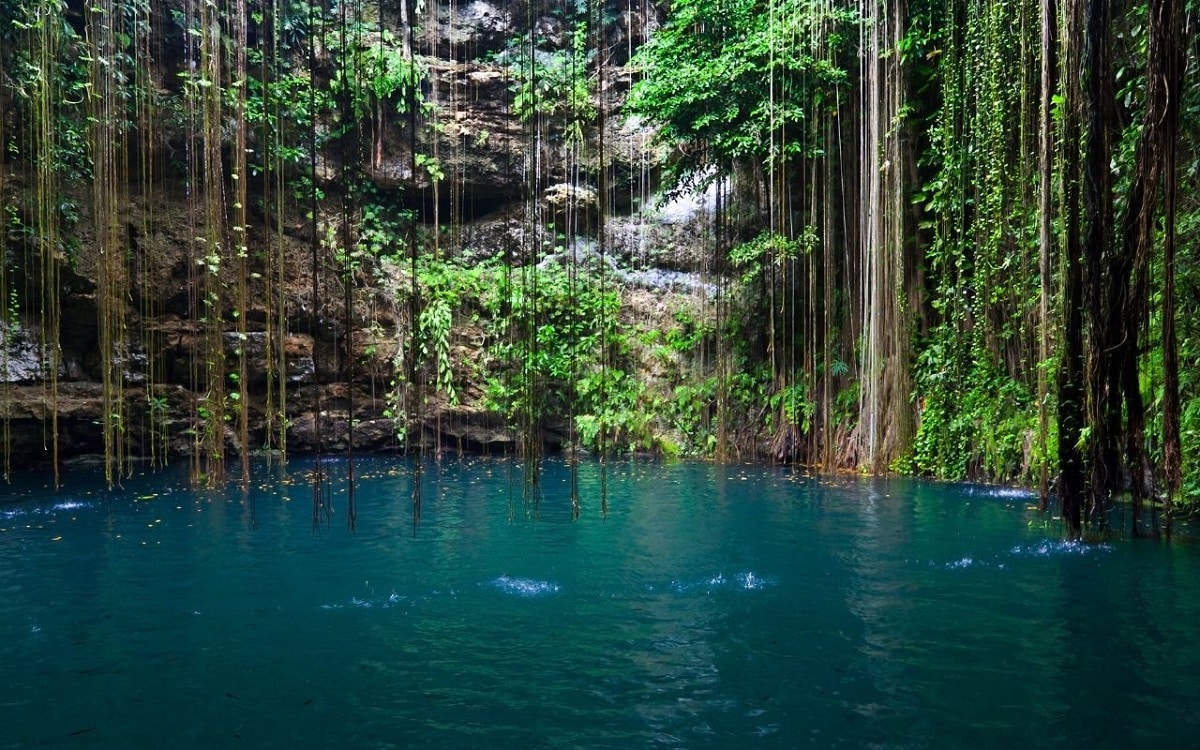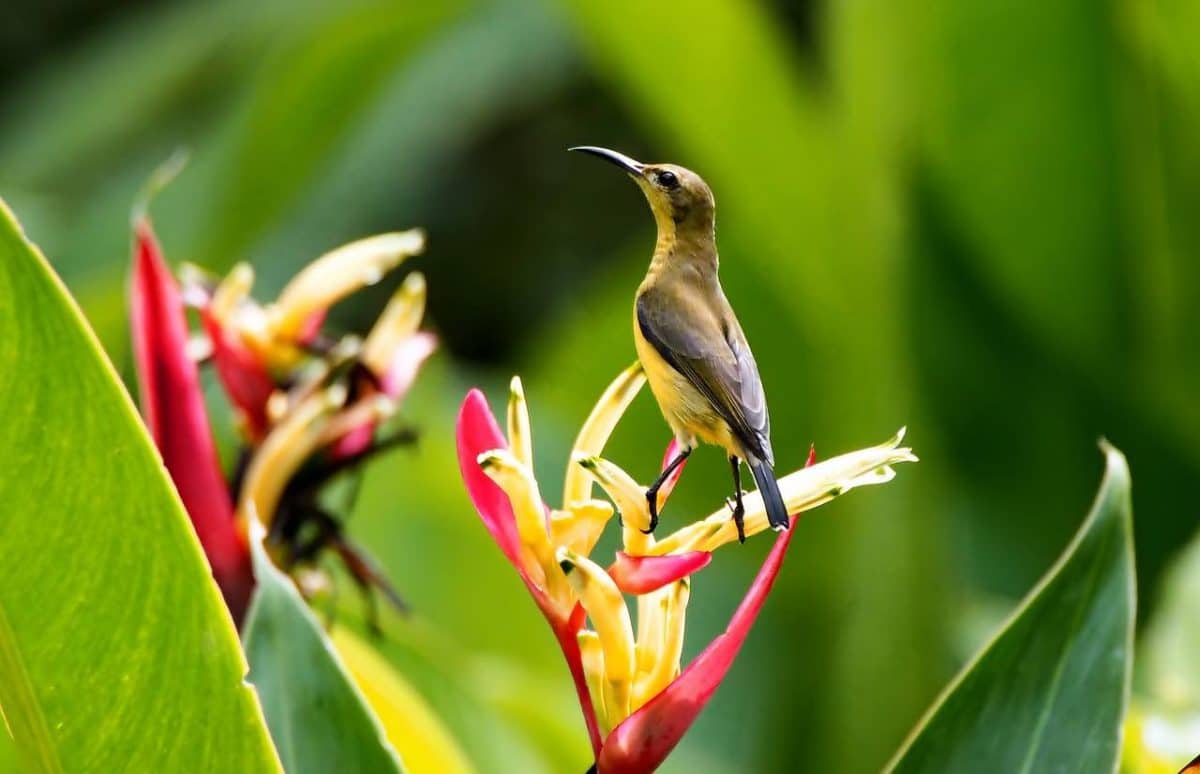
Protected natural areas are spaces where the care of nature and the preservation of natural resources, as well as flora and fauna, are prioritized. There are numerous protected natural areas in Mexico that have this objective and that can be visited to fully enjoy their surroundings.
In this article we are going to tell you about the characteristics of protected natural areas in Mexico, how important they are and much more.
What are protected natural areas

A protected natural area (ANP) is a territory that has been designated and established by a governmental authority to conserve biodiversity and natural resources important for survival ecosystems and the species that inhabit them. These areas are a key tool in nature conservation and in the fight against climate change.
The characteristics of an ANP may vary depending on the type of protected area and the specific conservation needs of the region in which it is located. However, there are some general characteristics that are usually present in all protected natural areas:
- Biodiversity conservation: One of the main objectives of the ANP is to protect the biological diversity of the region in which they are located. This includes the protection of animal and plant species, and their natural habitats.
- Protection of natural resources: The ANPs also aim to protect the natural resources of the region, such as rivers, lakes, forests, among others. The conservation of these resources is essential to maintain the quality of life of human beings and fauna and flora.
- Restrictions and regulations: The ANPs usually have specific restrictions and regulations to protect the biodiversity and natural resources of the region. These restrictions may include prohibitions on hunting, fishing, or extraction of natural resources.
- Research and education: Many ANPs have research and education programs that allow visitors and researchers to learn more about the region's biodiversity and natural resources. These programs may include guided tours, courses and workshops.
- Sustainable tourism: ANPs can be popular tourist destinations due to their natural beauty and biodiversity. However, it is important that tourism is sustainable and does not harm the region's biodiversity or natural resources.
A protected natural area is an important tool for the conservation of biodiversity and natural resources. The protection of these areas is essential to guarantee the survival of species and ecosystems and to mitigate climate change.
Protected natural areas in Mexico

Mexico has a large number of protected natural areas, covering a wide variety of ecosystems and species. Some of the types of protected natural areas that exist in Mexico are described below:
- Biosphere reserves: These protected areas are established to protect and conserve unique and fragile natural ecosystems, as well as the animal and plant species that inhabit them. Some of the most important biosphere reserves in Mexico include the Calakmul Biosphere Reserve, the Sian Ka'an Biosphere Reserve, and the Monarch Butterfly Biosphere Reserve.
- Flora and Fauna Protection Areas: These areas are established to protect specific species of plants and animals, as well as their natural habitats. Examples of these areas include the Cuatrociénegas Flora and Fauna Protection Area, the El Triunfo Flora and Fauna Protection Area, and the Laguna de Términos Flora and Fauna Protection Area.
- National Parks: These protected areas are established to protect and preserve unique natural landscapes and ecosystems, as well as provide recreational and educational opportunities for visitors. Some of the most popular national parks in Mexico include the Iztaccíhuatl-Popocatépetl National Park, the Lagunas de Montebello National Park, and the Cumbres de Monterrey National Park.
- Natural monuments: These areas are established to protect unique and significant geological features or natural formations, such as mountains, canyons, caves, or stone arches. Some of the most important natural monuments in Mexico include the El Arco de Cabo San Lucas Natural Monument, the Cañón del Sumidero Natural Monument, and the El Sótano de las Golondrinas Natural Monument.
- Natural Resources Protection Areas: These areas are established to protect and preserve the natural resources of a region, such as rivers, lakes, seas, and forests. Some of the most important natural resource protection areas in Mexico include the Cabo Pulmo Natural Resource Protection Area, the Isla Contoy Natural Resource Protection Area, and the Sierra de San Pedro Mártir Natural Resource Protection Area.
Mexico has a wide variety of protected natural areas, each with its own set of objectives and unique characteristics. These areas are essential for the conservation of the country's biodiversity and natural resources, and are a valuable resource for education, recreation, and sustainable tourism.
Characteristics of these environments

In addition to the diversity of types of natural protected areas that exist in Mexico, they all share some key characteristics that make them special. Some of these features are described below:
- Biodiversity: The protected natural areas of Mexico are home to a large number of flora and fauna species, many of which are endemic (that is, found only in that region). These ecosystems are important for the conservation of biodiversity at the national and international level.
- Environmental services: Protected natural areas provide essential environmental services, such as climate regulation, soil and water conservation, and protection against natural disasters. These services benefit not only the species that inhabit these areas, but also the nearby human communities.
- Cultural heritage: Mexico's natural protected areas have significant cultural and historical importance, as many of them are home to indigenous communities that have lived in harmony with nature for centuries. In addition, some areas contain archaeological remains and important cultural sites.
- Tourism and recreation: Protected natural areas are popular tourist and recreational destinations, offering opportunities for wildlife viewing, hiking, camping, photography, and other outdoor activities. Sustainable tourism in these areas can generate income for local communities and help finance the conservation of protected areas.
- Conservation: The main function of protected natural areas is the conservation of ecosystems and the species that inhabit them. To achieve this goal, these areas are subject to strict regulations and restrictions regarding human activity, such as construction, exploitation of natural resources, and hunting.
As you can see, natural protected areas in Mexico are an important part of the country's natural and cultural heritage, and are essential for the conservation of biodiversity and environmental services. In addition, they offer opportunities for tourism and recreation, and are a source of pride and connection for the communities that live in or near these areas.